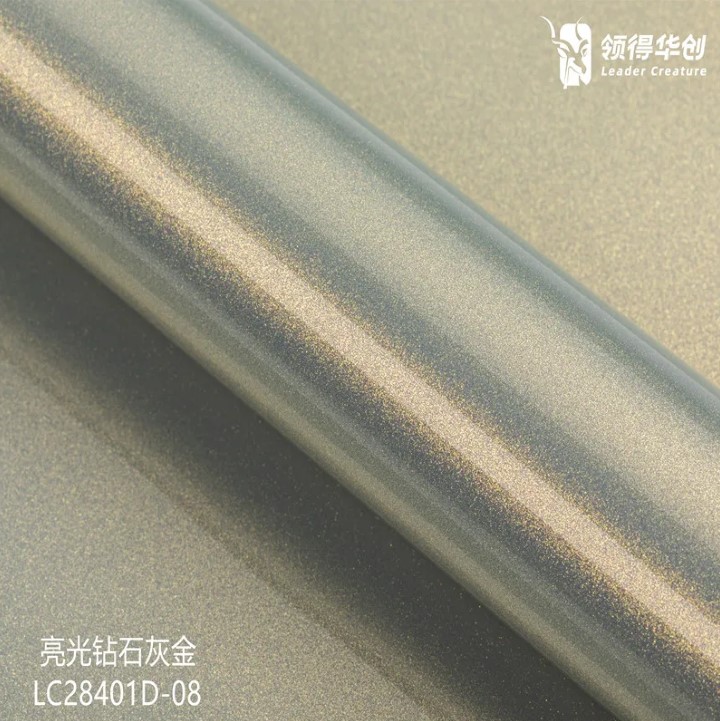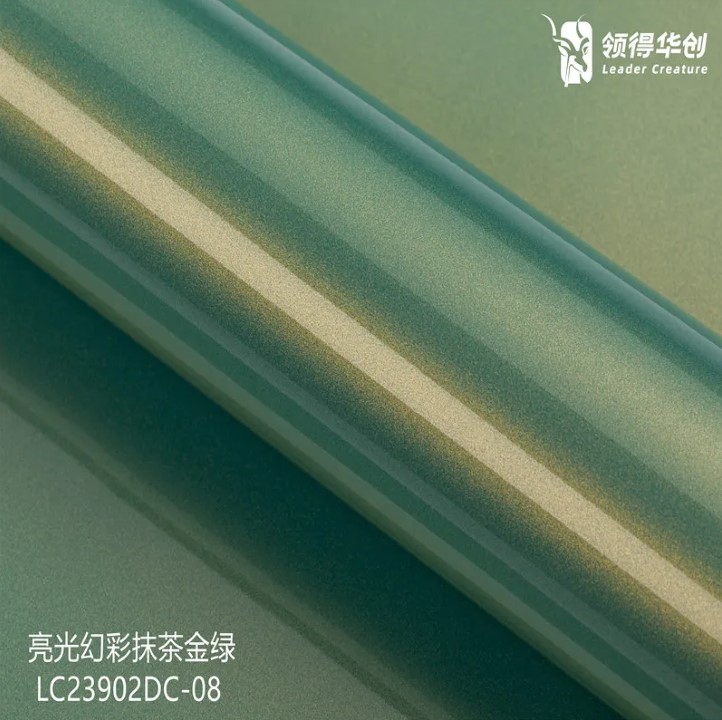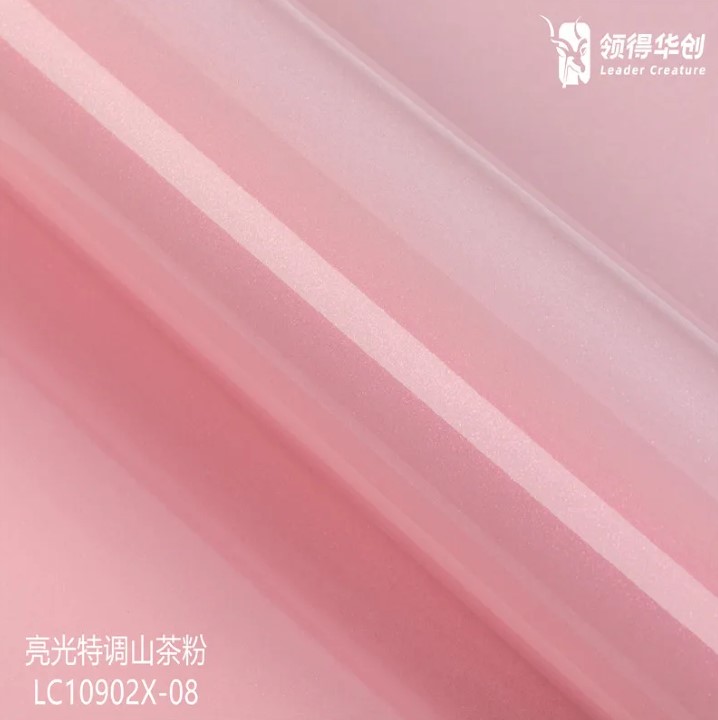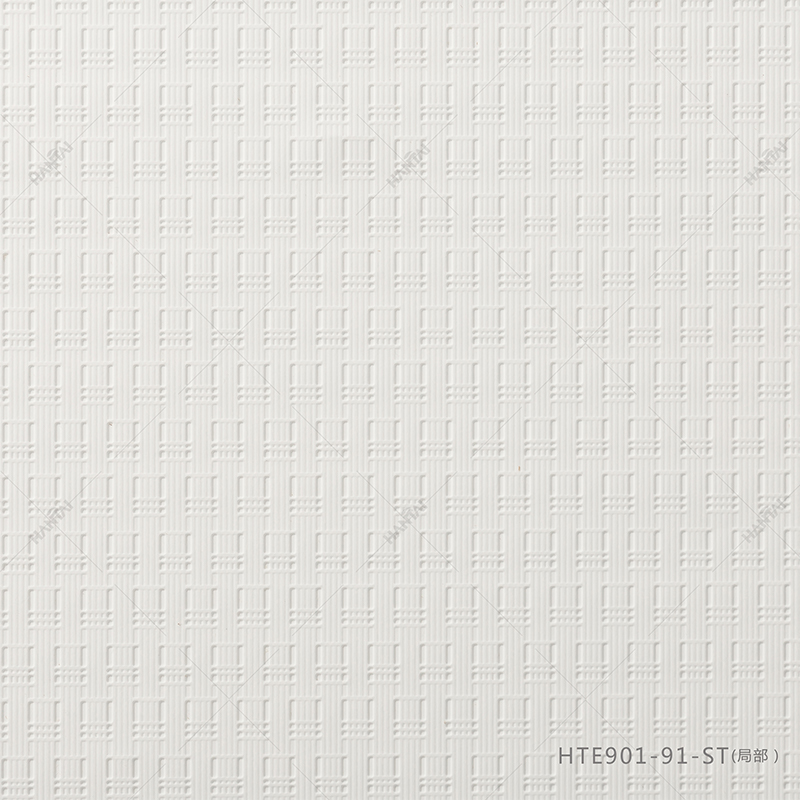Car wraps have become increasingly popular among vehicle owners looking to customize their cars without the permanence of a paint job. However, a common concern arises: Do car wraps damage paint? This article delves into the relationship between car wraps and vehicle paint, exploring how wraps can protect or potentially harm the underlying surface. By understanding the factors that influence paint integrity, vehicle owners can make informed decisions about wrapping their cars.
Understanding Car Wraps
What Are Car Wraps?
Car wraps are made from vinyl materials that adhere to the surface of a vehicle, allowing for customization in color and design. They serve multiple purposes, including aesthetic enhancement, advertising, and protection against environmental factors. The vinyl used in car wraps is typically infused with UV protectants and other additives to enhance durability and appearance.
Benefits of Car Wraps
- Aesthetic Appeal: Car wraps offer a wide range of colors and designs, allowing for unique customization.
- Protection: They provide a protective layer against UV rays, minor abrasions, and contaminants like bird droppings and tree sap.
- Reversibility: Unlike paint jobs, car wraps can be removed without permanent alteration to the vehicle's original color.

Diamond Plate Car Wrap Pattern
Do Car Wraps Damage Paint?
The Short Answer
When installed and removed correctly, car wraps do not damage the underlying paint of a vehicle. In fact, they can protect the paint from environmental damage. However, several factors can influence whether a wrap will harm or preserve the paint.
Key Factors Influencing Paint Damage
Quality of the Paint Job
Factory-applied Original Equipment Manufacturer (OEM) paint is generally more durable than aftermarket jobs. High-quality paints bond well to surfaces, reducing the risk of damage during wrap removal.
Poorly applied or aged paint may not withstand the adhesive used in wraps, leading to peeling or chipping when the wrap is removed.
Wrap Duration
Leaving a wrap on for an extended period (typically beyond 5-7 years) increases the risk of damage. Over time, the adhesive may harden, making removal difficult and potentially damaging.
Regular inspections and timely removal are essential to minimize risks associated with prolonged exposure.
Environmental Exposure
Extreme weather conditions, such as prolonged sunlight or exposure to harsh chemicals, can degrade both the wrap and the paint beneath it. UV rays can cause fading or cracking in the vinyl, while heat may weaken the paint's bond with the surface.

Common Misconceptions
Many believe that car wraps can cover up existing paint damage. However, this is misleading; while they can hide minor imperfections, significant damage will remain visible beneath the wrap. Proper preparation is crucial for ensuring that the wrap adheres effectively without exacerbating any underlying issues.
Best Practices for Protecting Your Vehicle's Paint
To maximize the benefits of car wraps while minimizing risks to your vehicle's paint, consider these best practices:
Professional Installation
Choose Experienced Installers: Selecting skilled professionals ensures that your wrap is applied correctly. They should assess your vehicle's surface condition before installation and address any issues beforehand.
Surface Preparation: The vehicle should be thoroughly cleaned and prepped to ensure a smooth surface for adhesion. This may involve decontamination washes and clay bar treatments to remove impurities.
Regular Maintenance
Inspect Wrap Condition: Regularly check for signs of wear or damage to the wrap itself. Early detection can prevent further complications during removal.
Avoid Harsh Chemicals: Use gentle cleaning products specifically designed for vinyl wraps to maintain their appearance without damaging either the wrap or the underlying paint.

Protective Vehicle Wrap Coating
Timely Removal
Follow Recommended Timeframes: Adhere to manufacturer guidelines regarding how long a wrap should remain on your vehicle. Removing it before it begins to degrade will minimize potential damage.
Professional Removal: Have a professional handle the removal process using appropriate techniques to avoid damaging the paint underneath.
Conclusion
In conclusion, car wraps do not inherently damage vehicle paint when applied correctly by professionals and maintained properly. They offer significant benefits in terms of aesthetics and protection against environmental elements. However, understanding factors such as paint quality, duration of application, and environmental exposure is crucial for preserving your vehicle’s integrity.
By following best practices for installation and maintenance, vehicle owners can enjoy all that car wraps have to offer without compromising their paintwork. This comprehensive exploration provides insights into how car wraps interact with vehicle paint while offering practical advice for those considering this customization option. Whether for personal expression or business branding, car wraps can be a valuable addition when approached with care and knowledge.




